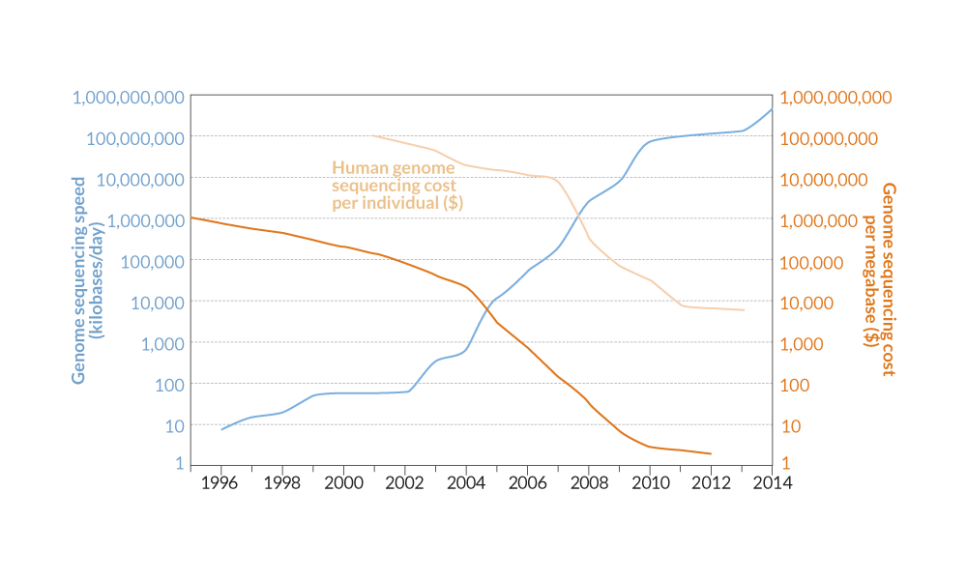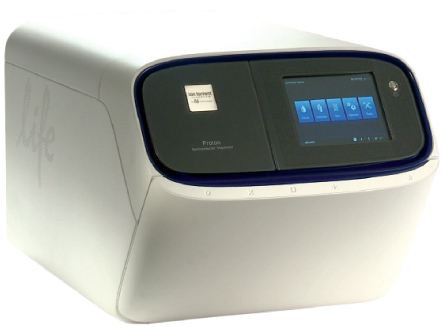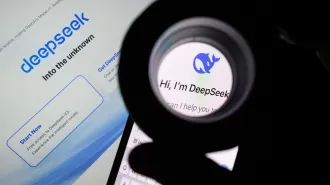The gene sequencing future is here

BIG DATA Improvements in genome sequencing technology over the past two decades has boosted the speed and cut the cost of decoding DNA.
E. Otwell
As recently as the 1980s, scientists collected genetic data by laboriously tracking the diffusion of DNA molecules through slabs of gel. Now researchers stand by as machines gush billions of letters of DNA code a day, and struggle to cope with the data deluge.
In the past two decades, the speed of sequencing has leapt from around 10,000 bases per day per machine to more than 1 billion (above, blue). Since the introduction of high-throughput machines in the mid 2000s, costs have plummeted (above, orange) and the price of sequencing a whole human genome (above, gold) has tumbled almost to the long-anticipated figure of $1,000.
The biggest expense in sequencing a human genome now is the cost of storing it, says Scott Kahn, chief information officer of Illumina, a San Diego biotech company specializing in high-throughput sequencing. Someday soon, he says, it may be cheaper to resequence a person’s genome each time the data are needed than to store the information in silico.
Timeline
1995
First bacterial genome sequenced (Haemophilus influenza)
Size: 1.8 megabases
1996
First fungus genome sequenced (Saccharomyces cerevisiae: yeast)
Size: 12.1 megabases
1998
First animal genome sequenced (Caenorhabditis elegans: nematode)
Size: 97 megabases
2000
First plant genome sequenced (Arabidopsis thaliana: weed related to mustard)
Size: 115.4 megabases
2001
First human genome draft sequence (Homo sapiens)
Size: 3.2 gigabases
2003
The human genome project is declared complete.
The ENCODE project begins. The project, funded by the NIH, was designed to find all of the functional elements of the human genome.
2004
Final version of the human genome sequence published.
2008
Human microbiome project begins. The project surveys the genomes of microbes living throughout the human body.
2012
Human microbiome project completed
Size: 3.5 terabases






